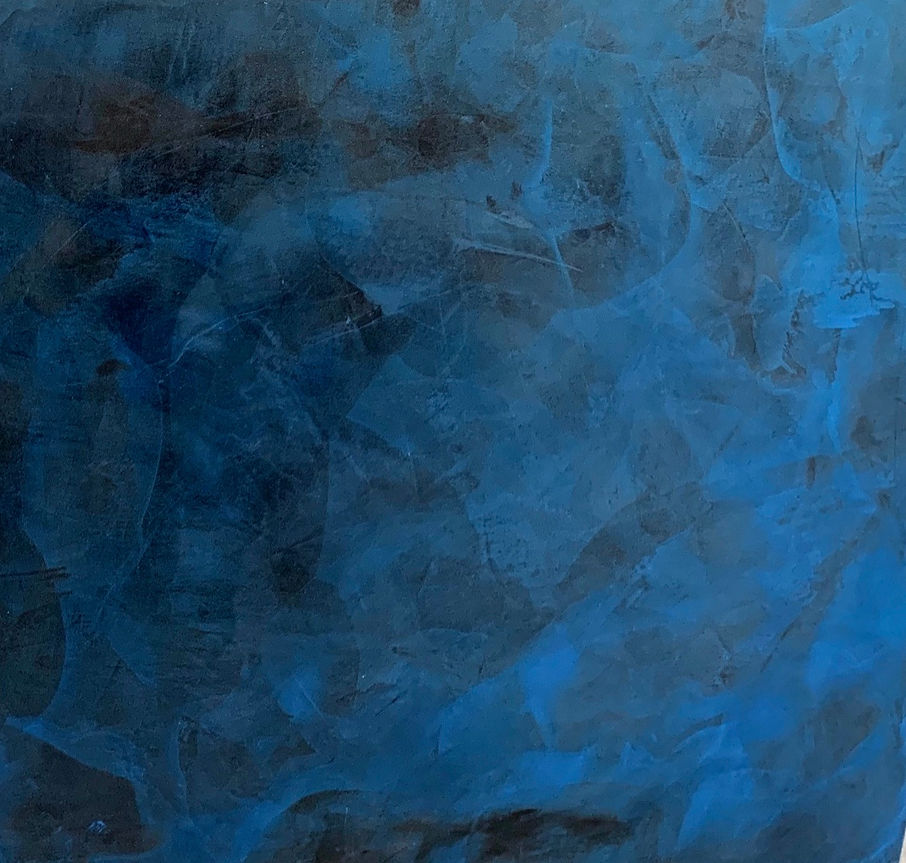


History
Venetian plaster has a unique history and explains why it is such a superior product to wallpaper, paints and other finishes. Below you will answer questions about the materials we provide.
History and Benefits

Venetian plaster, a captivating wall finish, offers a timeless charm that sets it apart from conventional wall coverings. It is a product of artisanal craftsmanship, not to be confused with standard paint or wallpaper. This plaster technique involves layering fine plaster and polishing it to create a smooth, glossy, and luxurious surface that can emulate the beauty of polished marble or stone.
What Venetian plaster isn't is a synthetic imitation; it's an authentic material crafted from natural ingredients, typically lime-based plaster mixed with marble dust or other aggregates. This composition not only ensures its authenticity but also contributes to its eco-friendliness.
The historical significance of Venetian plaster traces back to ancient Rome, where it adorned grand architectural designs. However, its golden age was during the Renaissance in Venice, Italy, where it graced the walls of opulent palaces and churches, showcasing its opulence and sophistication.
When considering wall finishes, Venetian plaster stands out as superior for various reasons. Its enduring elegance, durability, and ability to transform ordinary walls into works of art make it an excellent choice. Additionally, its breathable nature and resistance to mold and mildew make it suitable for interiors.
However, it's important to note that achieving a high-polished Venetian plaster finish can be challenging. This is where the expertise of a professional artisan becomes invaluable. The intricate application and polishing process require skill and experience, ensuring a flawless and long-lasting result. Hiring a pro not only guarantees a stunning finish but also saves time and avoids potential mishaps, making it a wise investment for those seeking the beauty and durability of Venetian plaster in their spaces.